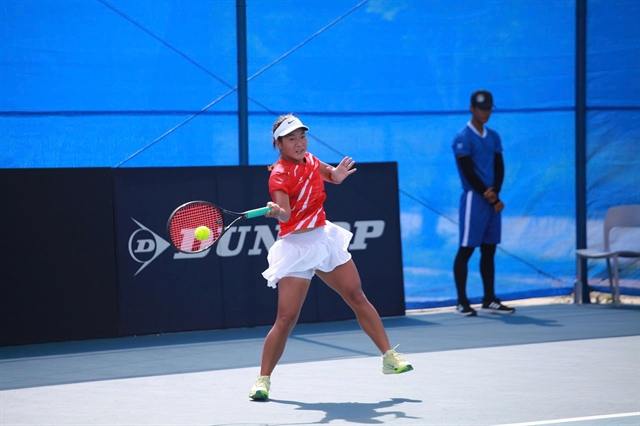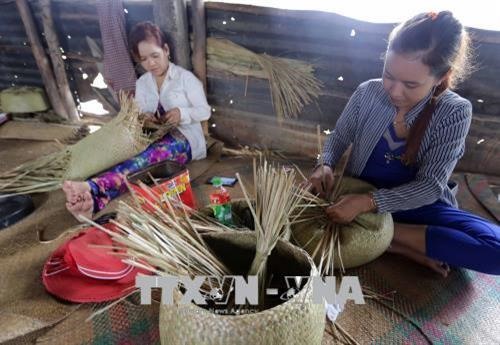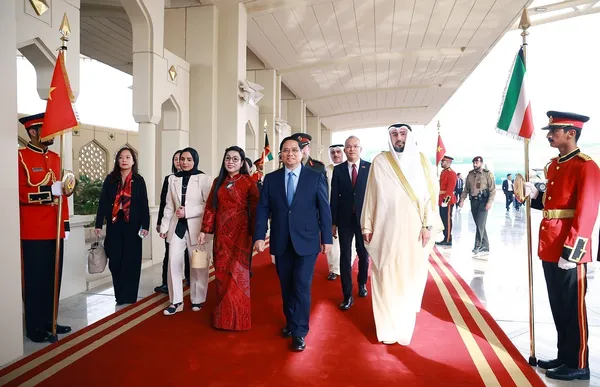 Society
Society

The Mekong Delta province of Kiên Giang will provide vocational training for more than 10,800 labourers living in rural areas in the 2019-20 period.
 |
| Ethnic Khmer labourers in Kiên Giang Province use grey sedge to make handicraft products. — VNA/VNS Photo Trần Việt |
KIÊN GIANG — The Mekong Delta province of Kiên Giang will provide vocational training for more than 10,800 labourers living in rural areas in the 2019-20 period.
With the training, the rate of the province’s trained labourers will reach 67 per cent by 2020 compared to 48 per cent this year.
The province aims to have more than 80 per cent of trainees with jobs related to their vocational skills.
The province’s four key economic sub-regions will provide vocational training according to the demands of each sub-region, the province’s Department of Agriculture and Rural Development said.
The province’s Long Xuyên Quadrangle sub-region will focus on providing vocational training in aquaculture, cultivation, animal husbandry, fishing, seafood processing and boat engine repair.
The province’s western sub-region near the Hậu River will provide vocational training in seafood processing and other fields to meet recruitment demand for Thạnh Lộc and Vĩnh Hòa Hưng industrial parks and Tắc Cậu fishing port.
The sub-region will also focus on vocational training for rural labourers in fresh water aquaculture, animal and poultry husbandry, and fruit and high quality rice cultivation.
The U Minh Thượng sub-region will provide vocational training related to fish ports and post fishing logistics, rice-rotation cultivation models, and other aquatic species in rice fields, brackish-water and saltwater aquaculture, and animal husbandry.
Vocational training in island and coastal areas will focus on saltwater aquaculture, plant cultivation, animal husbandry, and training of ship captains, ship engine captains, fishermen and sailors.
Mai An Nhịn, deputy chairman of the provincial People’s Committee, said: “For vocational training in rural areas to be effective, the province will provide more consultations on vocational training and jobs”.
Vocational trainees will have jobs in industrial parks and enterprises, or will start their own agricultural production, he said.
The province will also build vocational training curricula suited to the demand of each locality, invest in more equipment used for vocational training and call on investors to join hands.
It will also develop zoned industrial parks, industrial park clusters and its four key economic sub-regions, which will offer jobs for vocational trainees, he said.
The province’s vocational training programmes have increased incomes for rural labourers in recent years.
In An Minh District, a poor district in the province, short-term vocational skill training courses have attracted many labourers and helped them find jobs.
Tạ Chí Nguồn, who learned how to grow ornamental trees and flowers in An Minh District’s Vân Khánh Tây Commune, said besides growing rice, he now has an additional job of planting ornamental trees and flowers.
The district has opened 16 short-term vocational training courses in the agricultural and non-agricultural sectors this year.
More than 75 per cent of the trainees in the courses have found jobs, mostly in their localities, according to the district’s People’s Committee.
Kiên Giang has also organised many efficient agricultural production models for rural labourers.
They include breeding marble goby, turtles and snakes in An Minh District, breeding fish in floating cages in Kiên Hải and Kiên Lương districts, and planting pepper and high quality rice in Kiên Lương District.
Labourers who plant pepper or high quality rice in Kiên Lương District can earn an average income of VNĐ3–5 million (US$128-213) a month. — VNS




